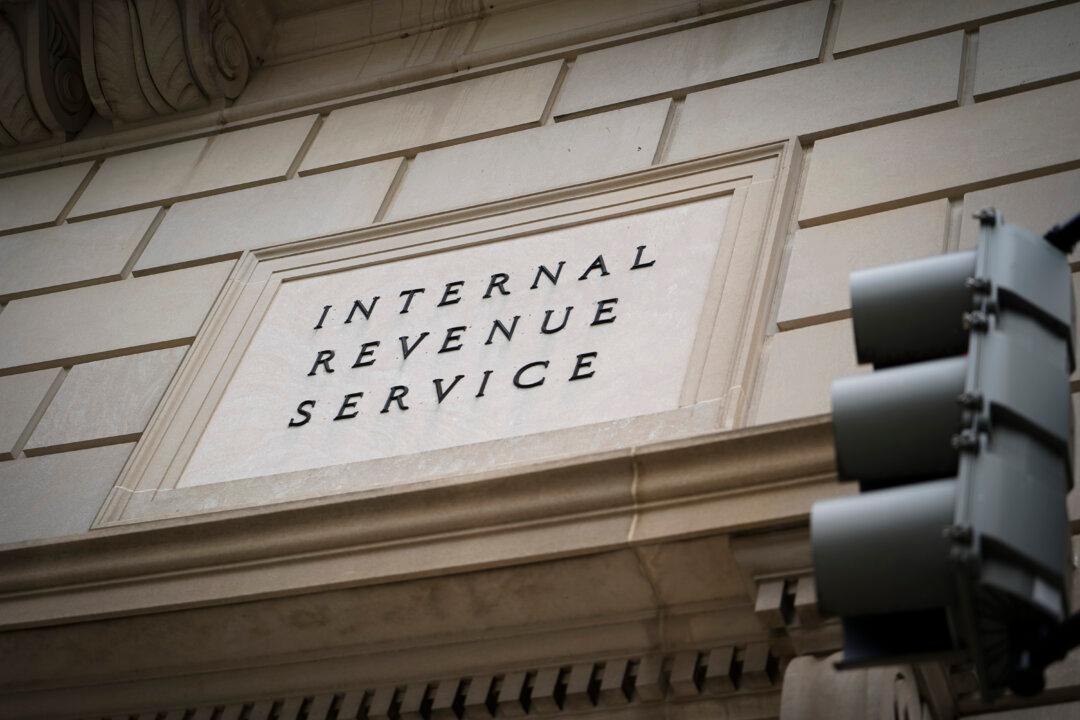The Internal Revenue Service (IRS) has disclosed the annual inflation adjustments affecting over 60 tax provisions for the upcoming 2024 tax year, including an increase in the standard deduction and new income limits for seven tax brackets.
The federal agency said in a Nov. 9 announcement that a string of new annual inflation adjustments will impact the 2024 tax year, potentially bringing a boost to your paycheck.





